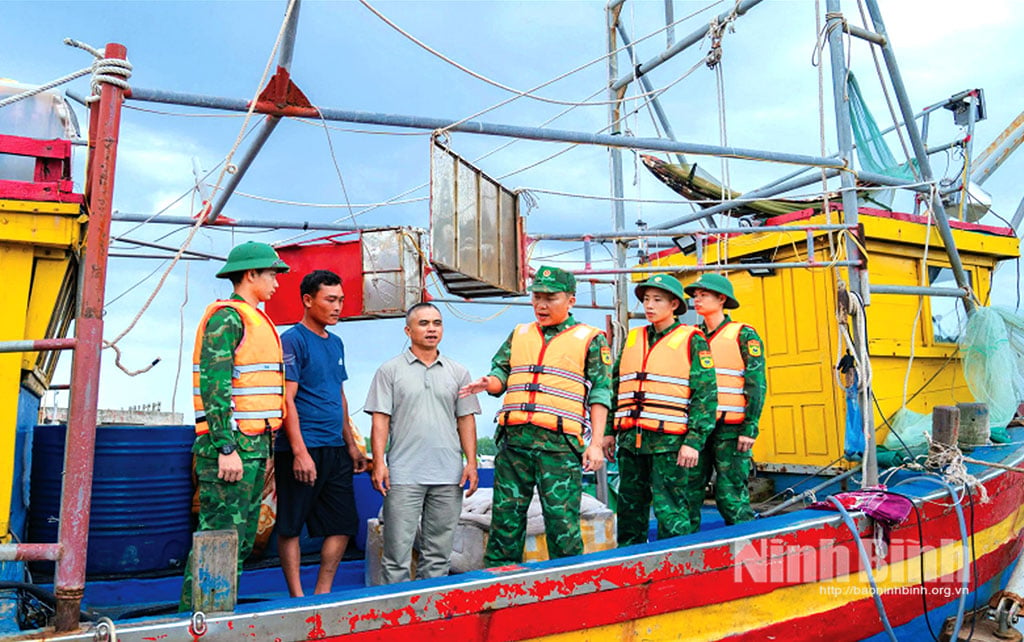
Each commune and ward is a "fortress"
When winds of level 8-9, gusting to level 11, raged across coastal areas, the commune and ward authorities - the level closest to the people - clearly demonstrated their role as solid "fortresses" in civil defense, ready to respond to and handle all emergency situations.
As early as July 20, when the National Center for Hydro-Meteorological Forecasting warned of the risk of a storm making landfall directly in the Hung Yen - Ninh Binh area, the authorities of communes and wards urgently deployed forces, reviewed vulnerable areas, and proactively activated disaster prevention and control plans according to the "4 on-site" motto. This was not only implemented systematically in coastal areas such as Kim Dong commune, Giao Ninh commune, Hai Thinh commune, but also in inland areas such as Tam Chuc ward, Duy Tan ward, where there is a Red River dike and important irrigation works.
In Kim Dong commune, one of the localities with up to 1,000 households raising aquatic products outside the dike, the area will be directly affected if the storm makes landfall. The commune's Civil Defense Command was established early. The shock team was tightly organized, 9 checkpoints were set up at key points, and supplies such as sacks, life jackets, food, and generators were carefully prepared. The commune government also established fast communication channels, updated weather reports 24/7 to proactively evacuate people when necessary.
With the same proactive spirit, Giao Ninh commune has closely coordinated with Quat Lam Border Guard Station and Fisheries Control Station to call on all 134 ships, boats and 357 workers to take shelter in safe places, while checking and evacuating people in high-risk areas such as river mouths, coastal areas, and temporary houses. The locality has also prepared means, supplies, patrol forces, and protection of key points such as Co Vay dike, the left dike of So River. It is worth noting that the proactive spirit does not only come from the commune government, but has spread to each residential group and each household.
In Tam Chuc ward, the shock team was assigned to be on duty at the dike watch points, carefully checking the entire dike slope on the field side, the dike surface, the protection corridor area... to promptly detect cracks and seepage points for immediate handling.
Mr. Pham Hoang Tung, Chairman of the Ward People's Committee, emphasized: All situations have specific response plans. We strictly implement the "4 on-site" motto, handling all situations on the spot, not being passive. Flexibility in management at the commune and ward levels, especially in organizing forces, reserving supplies, assigning cadres in charge of the area, coordinating with units such as Border Guard, Irrigation Works Exploitation Company... has helped the response not to be interrupted and to achieve high efficiency, regardless of the fact that the two-level local government apparatus has just come into operation after merging administrative units.
Follow the "3 must" principle
At the first meeting of the National Civil Defense Steering Committee, the Prime Minister emphasized the “3 musts” principle in natural disaster prevention and search and rescue work: Early and remote prevention; Calm, timely and effective response; Comprehensive recovery, mobilization of people. Storm No. 3 is a vivid test for the implementation of these 3 principles in the field.
In reality in Ninh Binh, early and remote prevention is not just a call but has been concretized by Ninh Binh authorities in action. Immediately after assessing that the storm was likely to have a direct impact, the Provincial People's Committee held an online meeting with 129 communes and wards; issued 4 consecutive telegrams; banned ships from going out to sea; arranged for vehicles to anchor; and deployed evacuation from high-risk areas. The Provincial Civil Defense Command closely coordinated with departments and branches, assigning each member to closely follow the grassroots. The Department of Agriculture and Environment coordinated to monitor, accurately forecast, and propose plans to operate irrigation works, regulate drainage, and protect dykes. Local authorities, especially coastal communes and weak dyke areas, did not wait for orders to act. They proactively trimmed trees, instructed people to reinforce their houses, evacuate weak houses, watchtowers, and coastal aquaculture production areas.
Responding calmly, promptly and effectively was clearly demonstrated in the way Ninh Binh province handled the situation when the storm made landfall at noon on July 22. With wind gusts of level 10 and rainfall of up to 339.5mm in some places (Phu Le), almost the entire province was affected. However, thanks to early implementation, all 3,510 people in the dangerous area were safely evacuated; 1,861 ships/5,724 workers were called to take shelter. Nearly 900 workers in the aquaculture pond area outside the dike, 462 households in old apartments and weak houses were evacuated before the storm.
Police, military, militia, medical, electricity, irrigation forces... simultaneously deployed to handle landslides, fix power and communication problems, operate 662 pumps at 158 stations to drain more than 56,000 hectares of flooded rice fields, of which 30,870 hectares were completely submerged. Thanks to that calmness and efficiency, Ninh Binh province recorded no human losses, a very remarkable result in the context of a strong storm with widespread impacts.
Comprehensive recovery and mobilization of people's strength is the last but no less important step in the response process chain. Immediately after the storm passed, localities in the province mobilized maximum forces, from officials, civil servants, organizations, the army to the people to clear fallen trees, repair power lines, save rice from flooding, disinfect the environment, and prevent disease outbreaks. Communes such as Yen Dong and Gia Phong promptly repaired damaged loudspeaker systems, areas with fallen trees, and structures with roofs blown off.
The support of the people is a decisive factor in the post-storm period. From voluntarily preparing food for many days, coordinating evacuation, protecting common property to joining hands to overcome the damage. If each commune and ward is a "fortress", then "each citizen is a soldier", that spirit has been strongly aroused in natural disaster prevention and continued to be promoted in storm No. 3.
Lessons to move forward
From storm No. 3 (Wipha), it can be affirmed once again: The organization of local government according to the two-level model in Ninh Binh shows practical effectiveness, especially in complex natural disaster conditions. The provincial level plays the role of overall direction, coordination, and issuance of response policies; the commune and ward levels are the places that directly deploy, inspect, and handle situations.
Through the practical response to storm No. 3, some important lessons can be drawn. Firstly, clear decentralization and close direction from the province to the grassroots are prerequisites for effective response to natural disasters. The two-level government model has ensured unified management without overlap, while promoting the proactive and flexible role of the commune level, the place closest to the people, and affirming the effectiveness of management "unanimously at the top and bottom, smoothly across the board" in the context of urgent natural disasters.
The proactive establishment of shock troops, setting up dike guard posts, evacuating people from dangerous areas, and preparing food, supplies, and equipment at the commune level has proven that the grassroots level is a solid frontline. The effectiveness of the 4 on-site principles (including on-site command, on-site forces, on-site equipment, and on-site logistics) can only be promoted if the commune and ward are truly empowered, prepared in advance, and have good coordination with specialized sectors and units.
A profound lesson is that disaster prevention and control is not only the responsibility of the government but also requires the active participation of the people. From people coordinating evacuation, strengthening houses, to supporting recovery, cleaning, disinfection, etc., it shows that people's strength is an irreplaceable resource. Local authorities at two levels, especially at the commune level, need to continue to promote the role of mass mobilization, building trust and enhancing community capacity in responding to natural disasters.
The “test” of storm No. 3 not only proves the ability to act quickly and effectively of the two-level local government apparatus, but also affirms modern management thinking, putting people at the center, promoting grassroots internal strength. This is an inevitable direction in the context of increasingly complex climate change, natural disasters occurring with greater intensity and frequency.
Source: https://baoninhbinh.org.vn/bao-so-3-dieu-hanh-linh-hoat-ung-pho-hieu-qua-973075.htm




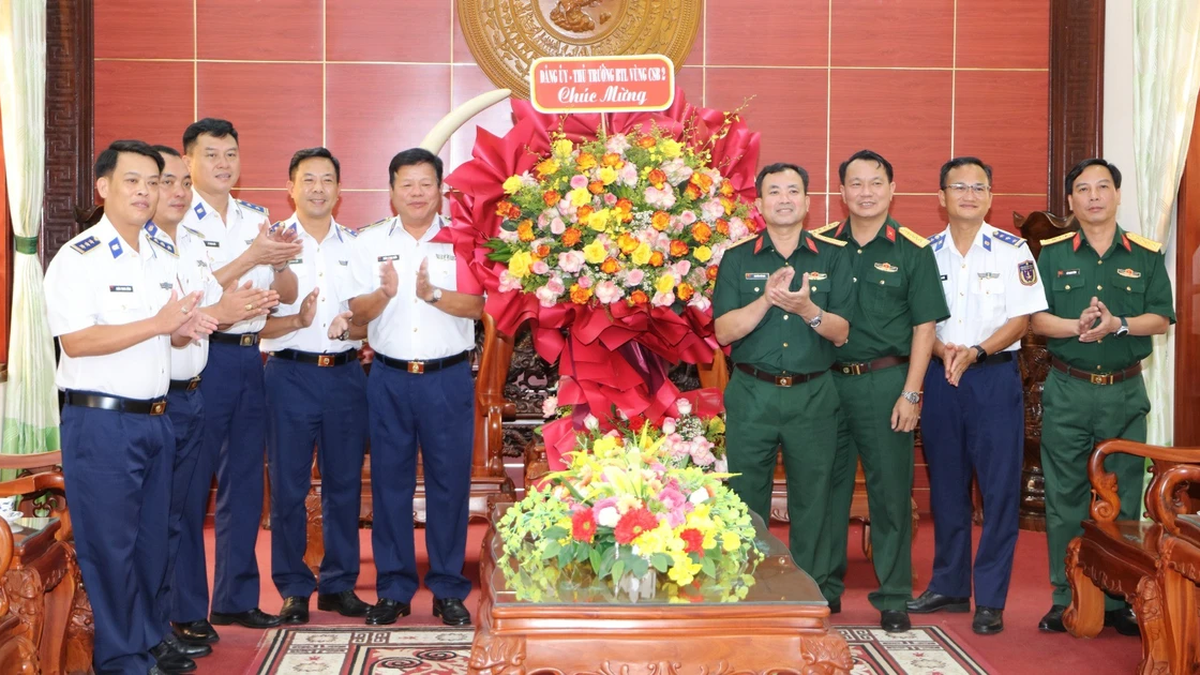



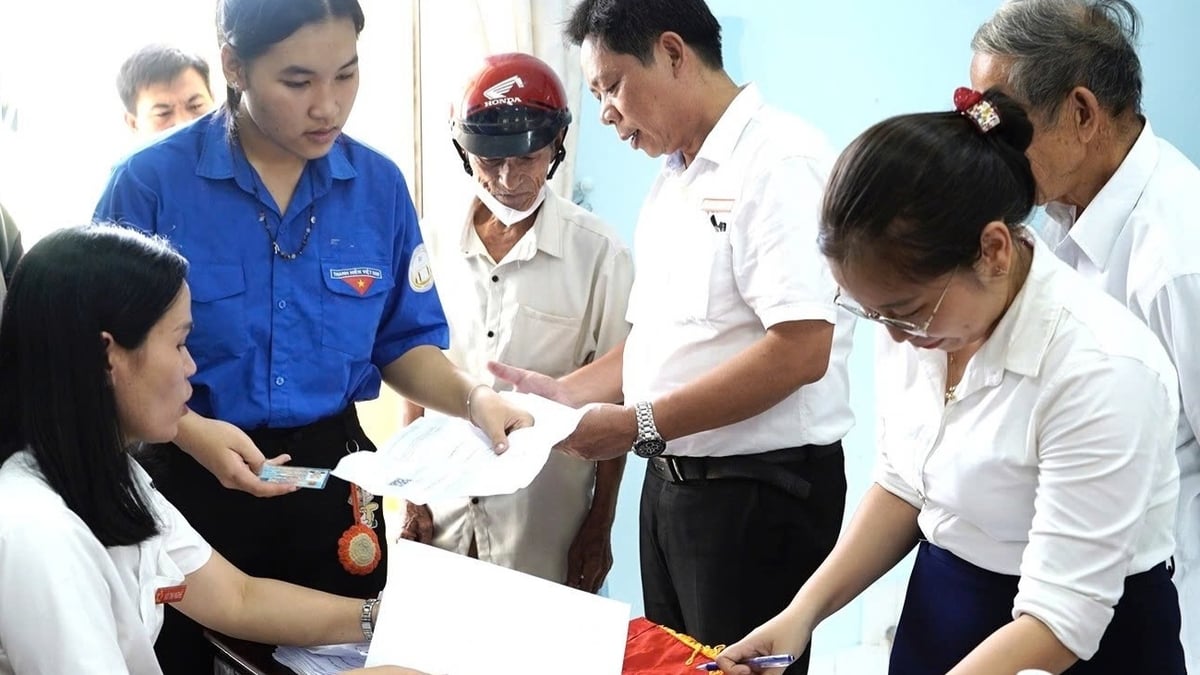
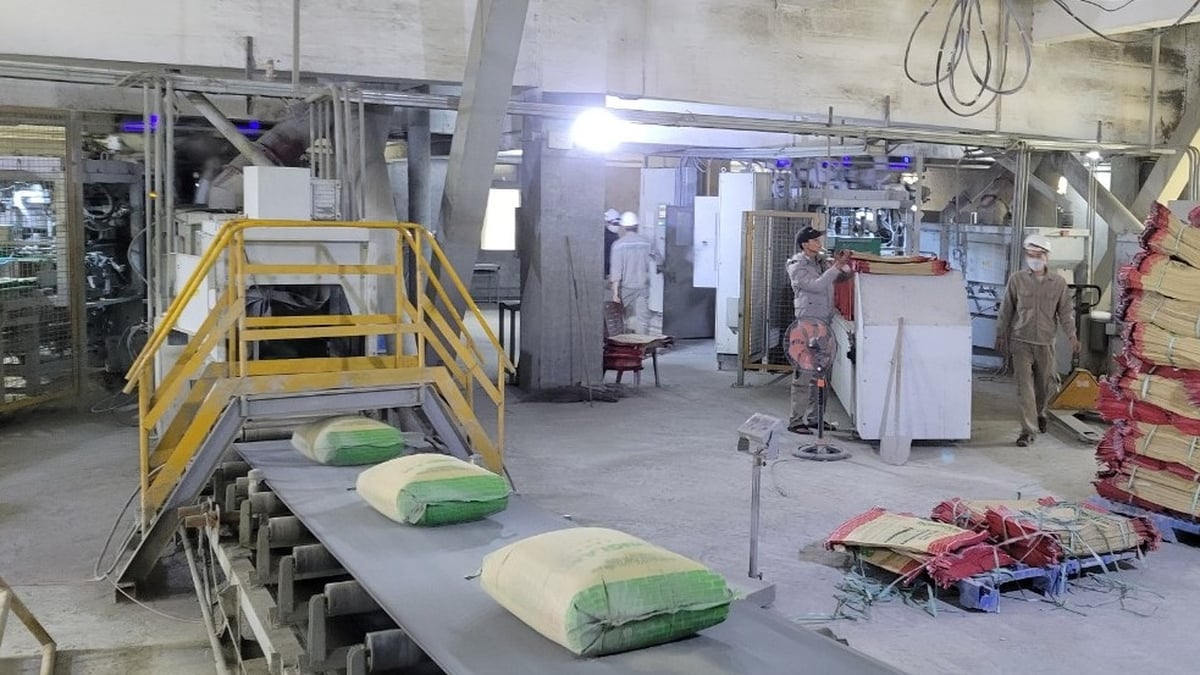














![[Photo] National Assembly Chairman attends the seminar "Building and operating an international financial center and recommendations for Vietnam"](https://vphoto.vietnam.vn/thumb/1200x675/vietnam/resource/IMAGE/2025/7/28/76393436936e457db31ec84433289f72)








































































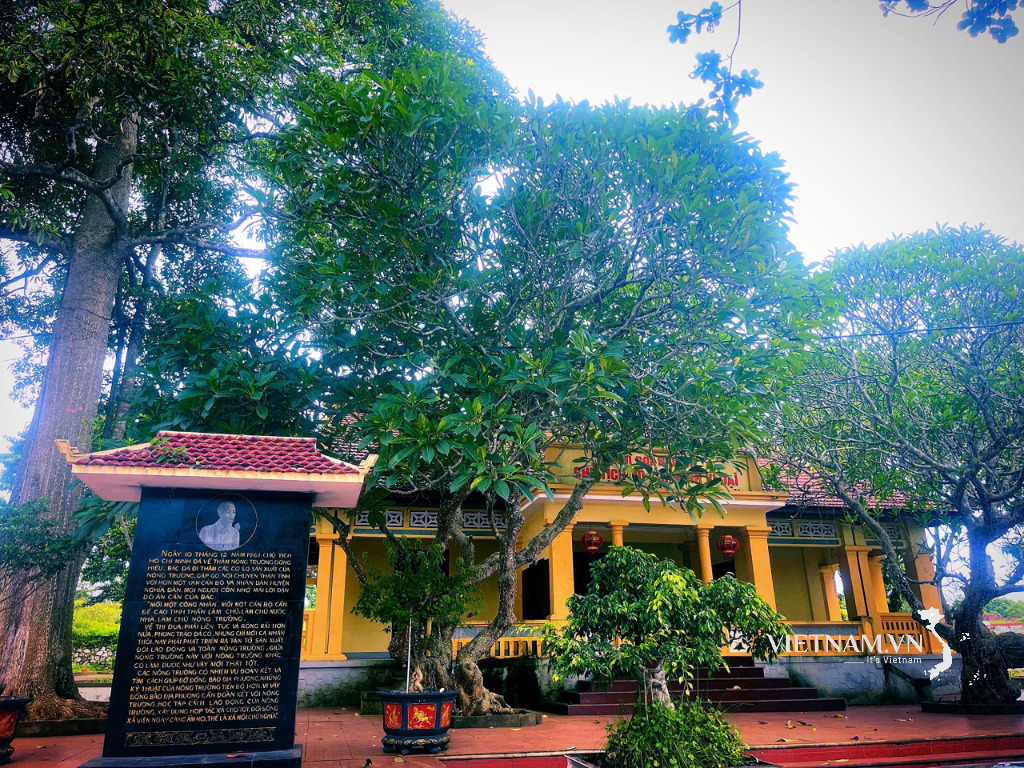



Comment (0)